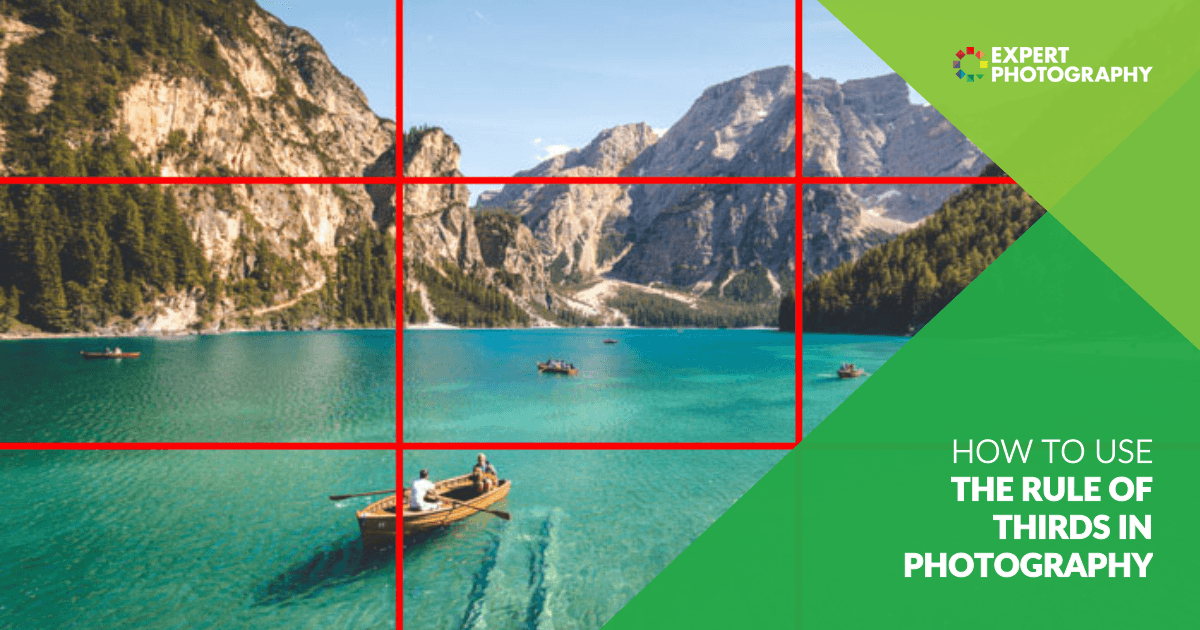A good cinematic shot is anything that is uncommon. When working with a camera there is a tendency to bring the camera up to our eyes and shoot. Because of this the vast majority of images - moving, or still - are at our eye level, which makes the composition automatically common.
Lower your camera placement below or above our normal eye-level (sometimes the more the better) and you'll instantly have something interesting and cinematic. Also, compose things along the Rule of Thirds.
This is one of the most common composition techniques around and it's that way for a reason; it works. Photos that are correctly composed using the rule of thirds create depth and interest in a photo, and add an interesting balance between subjects and background. Once you start playing around...

expertphotography.com
If possible, try to include a foreground element in your shot - this can be anything from the front of your bike, mirrors, etc. ... . This adds depth to a shot instead of making it a deep, but flat field.
B-Roll footage is just additional footage to cut to that may be related to what's going on. In some of my vids I shoot with three cameras, and of late one of them is a 360 degree. While I'm talking on my main camera about, say a near crash I had the other day, I can cut to the footage of the 360 camera which may start looking at the clouds above before panning to the road ahead. I then cut back to my main camera and continue with my motovlog.
Another example would be of a couple eating together at a kitchen table in an awkward silence. The camera cuts to a clock ticking on the wall, then to a candle with wax dripping down it's side, then back to the same shot of the couple. The shots of the clock and candle are B-roll shots, or footage.
In my last vid I have a lot of B-roll shots that are anything from animated maps, to a montage of me doing a T-CLOCS inspection.
Though this video is on shooting with gimbals, it has a lot of good examples of cinematic shooting.
- Wolf

